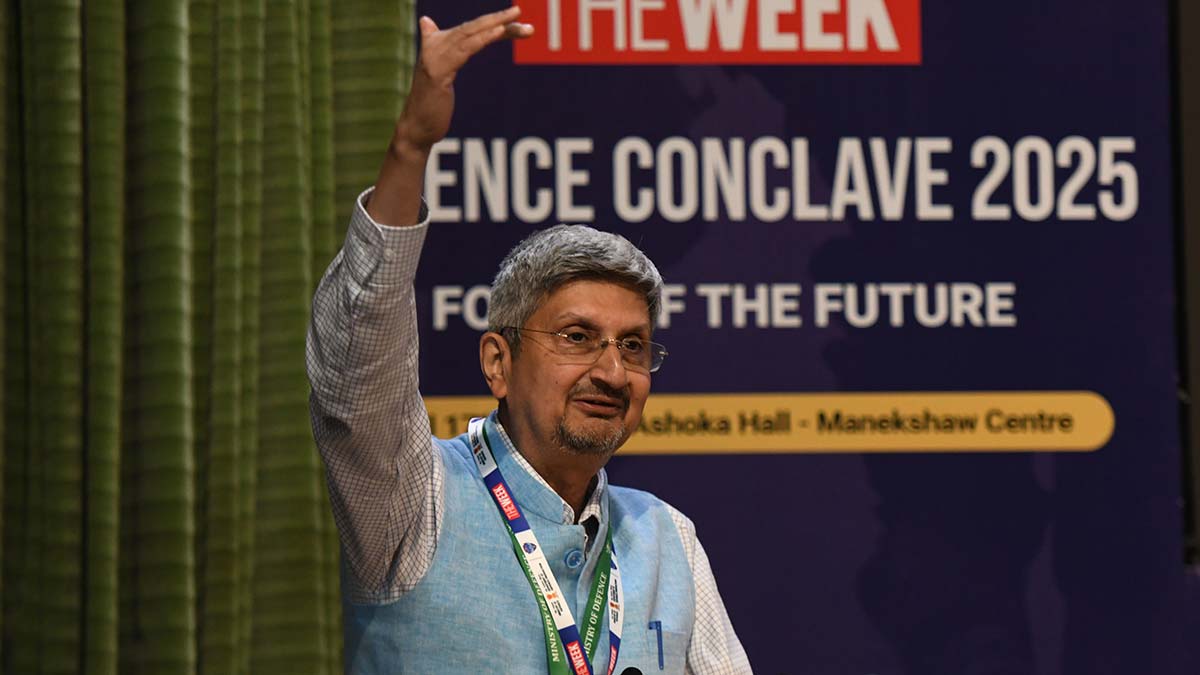After its impressive show during 'Operation Sindoor', India's 'Akashteer' air defence system may find global buyers: DRDO chief

The performance of the indigenously-developed 'Akashteer' air defence system during Operation Sindoor is expected to make it attractive to countries that are looking to procure such systems, said Defence Research and Development Organisation (DRDO) chief Samir V. Kamat.
"Definitely, our air defence system has performed exceedingly well, and I am sure there will be interest from other countries," news agency PTI quoted Kamat as saying.
The fully automated air defence control and reporting system, 'Akashteer', enables detection, tracking, and engagement of enemy aircraft, drones, and missiles by integrating various radar systems, sensors, and communication technologies into a single, mobile, vehicle-based framework, making it easier to handle in hostile environments.
ALSO READ: In a major boost to Indian Navy's firepower, indigenous Naval Surface Gun aces sea trials
During a visit to Nagpur, where Kamat toured facilities focused on manufacturing drones, missiles, and rockets, he said while there has been substantial progress made in making India self-reliant in defence under the 'Atmanirbhar' initiative, there is much more to be done. "I think we have achieved a very significant level, but we still have some work to do. And I am sure in the coming years, we will become totally Atmanirbhar."
On the question if conventional weapons will take a back seat in future conflicts as warfare shifts to domains where drones and signal jamming take centre stage, Kamat said future warfare will blend traditional equipment with emerging technologies, such as drones and electronic warfare. "Future warfare will be a combination of the traditional equipment as well as these new things...We have to be prepared for both."
Speaking about the progress of India's indigenous 5.5 generation stealth fighter aircraft Advanced Medium Combat Aircraft (AMCA), Kamat said, "Our project for developing AMCA started last year, and we are hopeful that it will be completed by 2034 and then it should go into induction by 2035."
Defence